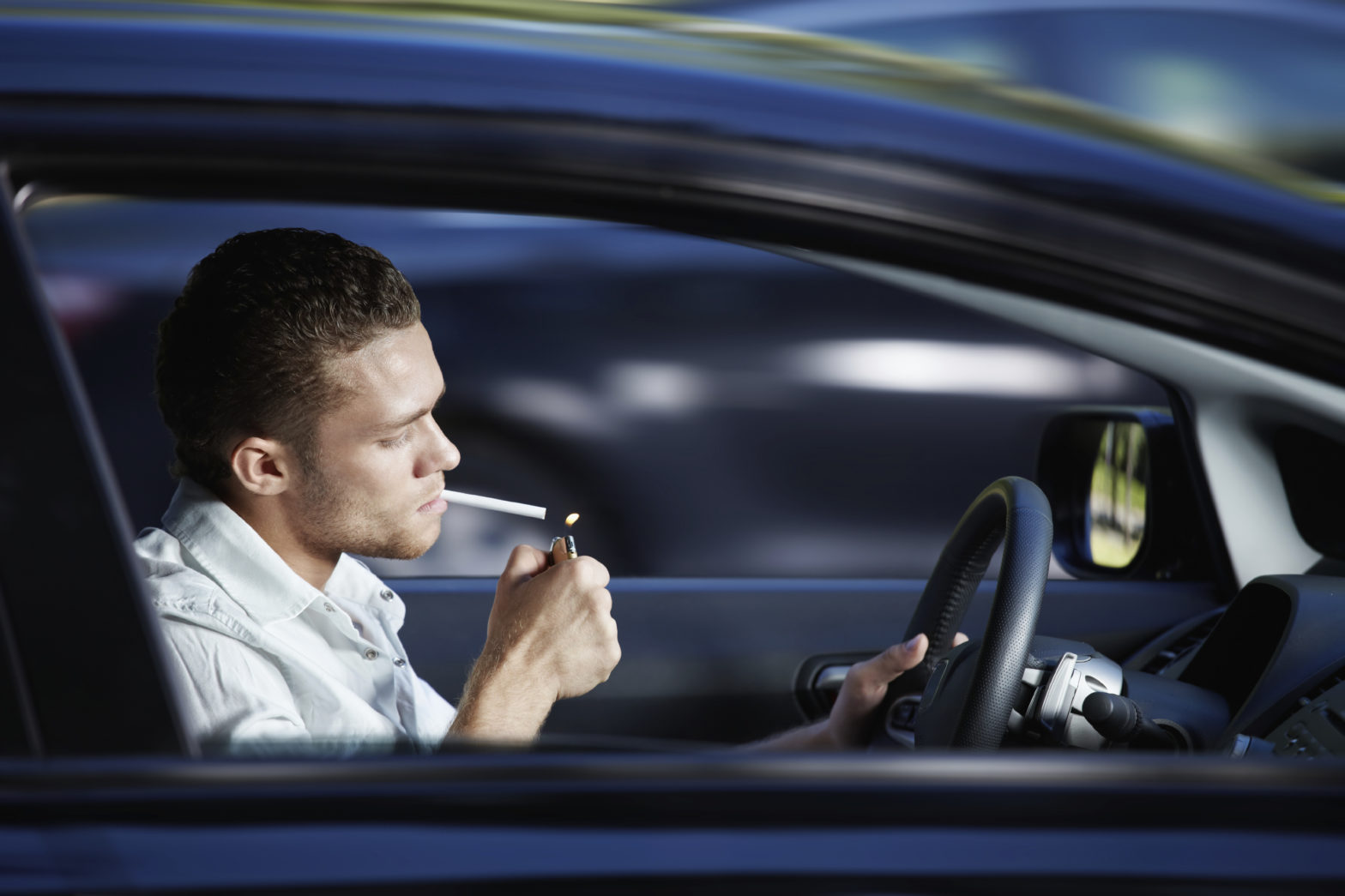The other day, while stopped at a red light, I looked out my window at the cutest little dog in the car beside me. The only problem was that the dog was sitting in the driver’s seat, on the driver’s lap. Even my 11-year-old daughter said to me, “Mom, how can that lady drive with her dog on the steering wheel?” This presented great opportunity to discuss the various ways a driver can be distracted and causes of car accidents.
Different provinces have different definitions of distracted driving. In British Columbia, the Motor Vehicle Act’s Chapter 318, Part 3.1 — Use of Electronic Devices while Driving, refers to the use of electronic devices as driver distractions. In Alberta, the laws go a step further and specifically prohibit operating a GPS, writing, watching TV, reading printed materials, printing or sketching and personal grooming. The Alberta law also covers pets. They are not allowed to interfere with the driver.
Studies confirm that driving with an unrestrained pet is dangerous
Information reported by All State Insurance, including results of a 2011 survey by the American Automobile Association (AAA) and Kurgo, reveals some worrisome statistics related to the behaviour of driving dog owners, driver distraction, and associated dangers. For example:
- 65 percent of dog-owning drivers admit to petting or holding down their dog, reaching back, taking photos and other distracting behaviors while driving
- A 10-pound dog that is not restrained can generate 500 pounds of force in a 50 mph crash
- An 80-pound dog can generate 2,400 pounds of force in a 30 mph crash.
Safety tips for driving with pets
One of the most common in-vehicle driver distractions is ‘active passengers,’ including both children and pets. Given that we don’t let our kids roam around unrestrained in the car because of the potential dangers, the same care and attention should always be given to any pet traveling in the car.
Here are a few, key tips to ensuring a happy and safe travelling pet:
- Where possible, house the pet in the rear of the vehicle, separated from the driving compartment
- Keep the pet in a carrying case or in a pet seatbelt or even a pet car seat (yes they exist)
- Exercise and hydrate your pet before a longer car trip
- Do not let your pet to stick its head out of the window
- If the pet is in the flatbed of a truck, ensure the animal is secure and cannot fly or jump out
- Feed your pet a snack at least two to four hours before the car trip to avoid car sickness
- Dogs are not the only pets to consider. Secure cats and even the smallest pets in proper carriers.
Klein Lawyers personal injury lawyer Matt Cleary makes the following preventive recommendation: “Always take a few moments to secure your pet, to ensure that you and your beloved furry friend have a safe trip. There is nothing more heartbreaking than seeing the injuries that a pet can sustain from either being a projectile or from the force of an airbag in a car accident.”
Sources
Vancouver Coastal Health
See more information from the 2011 AAA / Kurgo study on pets in the car (PDF).












